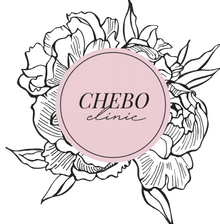Humectants: Humectants are ingredients that attract and retain moisture in the skin. They work by drawing water from the air and deeper layers of the skin into the outermost layer, known as the stratum corneum. Common humectants include glycerin, hyaluronic acid, and urea. These ingredients are particularly beneficial for dry, dehydrated skin, as they can help to plump up the skin and reduce the appearance of fine lines and wrinkles.
Occlusives: Occlusives are ingredients that form a barrier on the skin to prevent water loss. They work by creating a film on the surface of the skin that physically blocks the evaporation of moisture from the skin. Examples of occlusives include beeswax, shea butter, and petrolatum. Occlusive are often used in combination with humectants to lock in the hydration and prevent the transepidermal water loss.
Emollients: Emollients are ingredients that smooth and soften the skin by filling in the spaces between skin cells. They work by creating a lubricating layer on the skin that can help to improve the skin's texture and reduce flakiness. Examples of emollients include coconut oil, jojoba oil, and squalane. They can help to make the skin feel smooth, supple and hydrated.
In summary, humectants attract and retain moisture in the skin, occlusives form a barrier to prevent water loss, and emollients smooth and soften the skin by filling in the spaces between skin cells. All of these ingredients can be beneficial for different skin types and concerns, and are often used in combination in skin care products to provide a holistic approach to skin care.




 info@cheboclinic.com
info@cheboclinic.com





